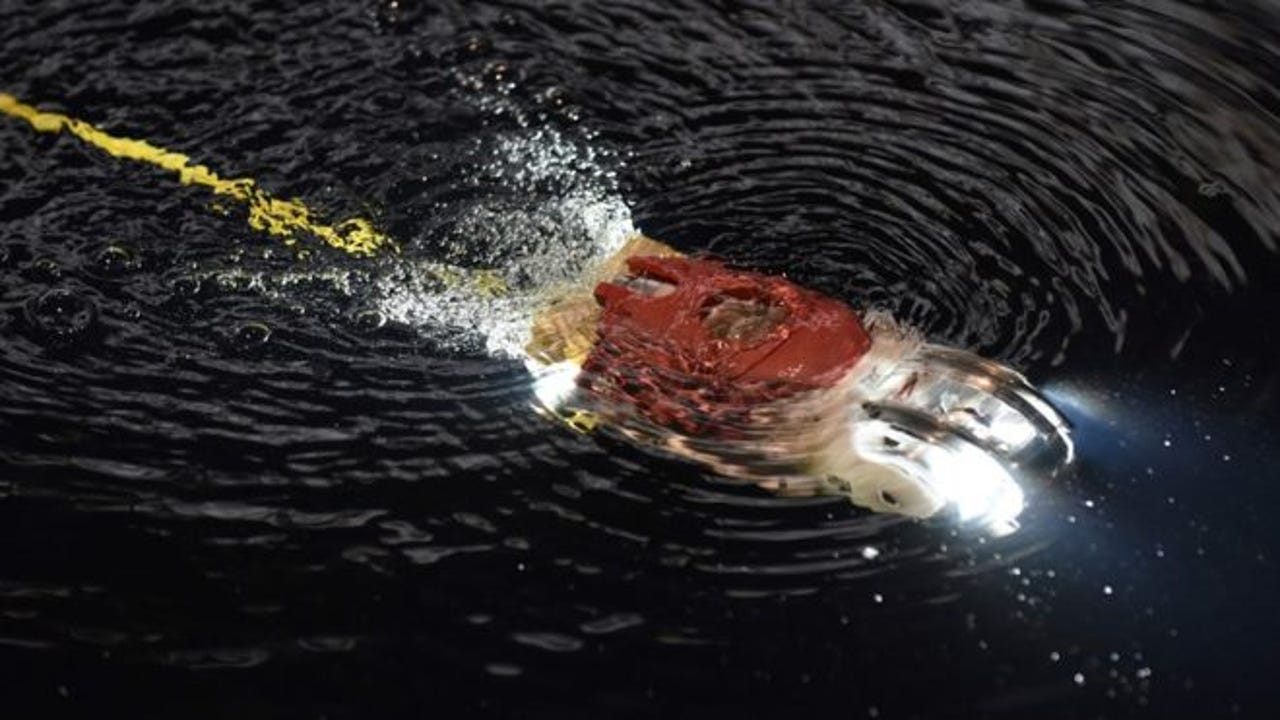Robot reveals first images of lava-like nuclear debris at Fukushima


A submersible robot the size of a loaf of bread has sent back the first images of what appears to be melted fuel from one of the compromised reactors at the Fukushima nuclear power plant.
Also: Robot will crawl through pipes to help decommission nuclear facility
The discovery is an important step in decommissioning the plant and cleaning up the surrounding area following a catastrophic meltdown in 2011, which occurred in the aftermath of the tsunami that battered the coast of Japan. The process is expected to cost more than $72 billion and take 40 years.
Previous attempts to visually inspect the reactor have all failed when robots conked out due to intense radiation or got stuck in the confined environment of the decimated reactors. The lack of information has hampered cleanup efforts, for which visual information of the location of melted nuclear fuel is critical.
The latest bot, nicknamed Little Sunfish, previously failed to find any spent fuel in reactors 1 and 2. But it managed to poke through the rubble of reactor 3 over three days last week to send back more than 15 hours of video.
The bot is a screw-driven device with five thrusters that's small enough to squeeze through the 5.5-inch diameter entrance of a pressurized containment pipe. It's built with hardened parts and a minimum of circuity to withstand the radiation inside the reactor. The bot was developed by the Tokyo-based International Research Institute for Nuclear Decommissioning (IRID) with help from Toshiba.
"Working with IRID, we succeeded in developing a small robot with high-level radiation resistance," said a Toshiba representative in a statement to media, "and through its deployment we expect to get information that will support the advance of decommissioning."
Melted nuclear fuel from Fukushima's reactor 3
The robot is powered and its thrusters remotely controlled via wire. "It will deliver a video feed that will clarify damage to the PCV interior and information on how best to retrieve fuel debris," according to a release from IRID.
There's been increased interest in using robots and robotic guidance systems to aid in nuclear accidents and other emergency situations that present higher than acceptable risk to human rescuers. Aside from bots like Little Sunfish and a scorpion-shaped device developed by Toshiba -- which had to be abandoned in the reactor -- the Fukushima disaster inspired the DARPA Robotic Challenge, during which teams of engineers from around the world developed humanoid robots to perform complex real-world challenges.